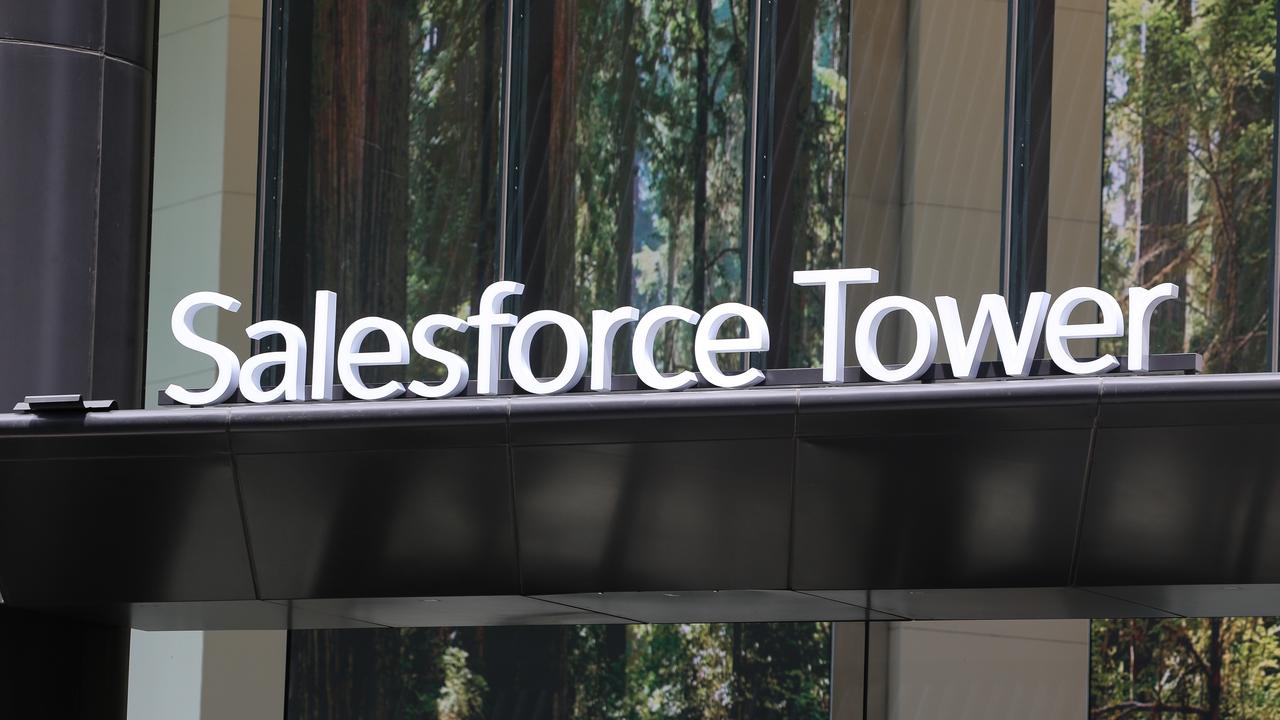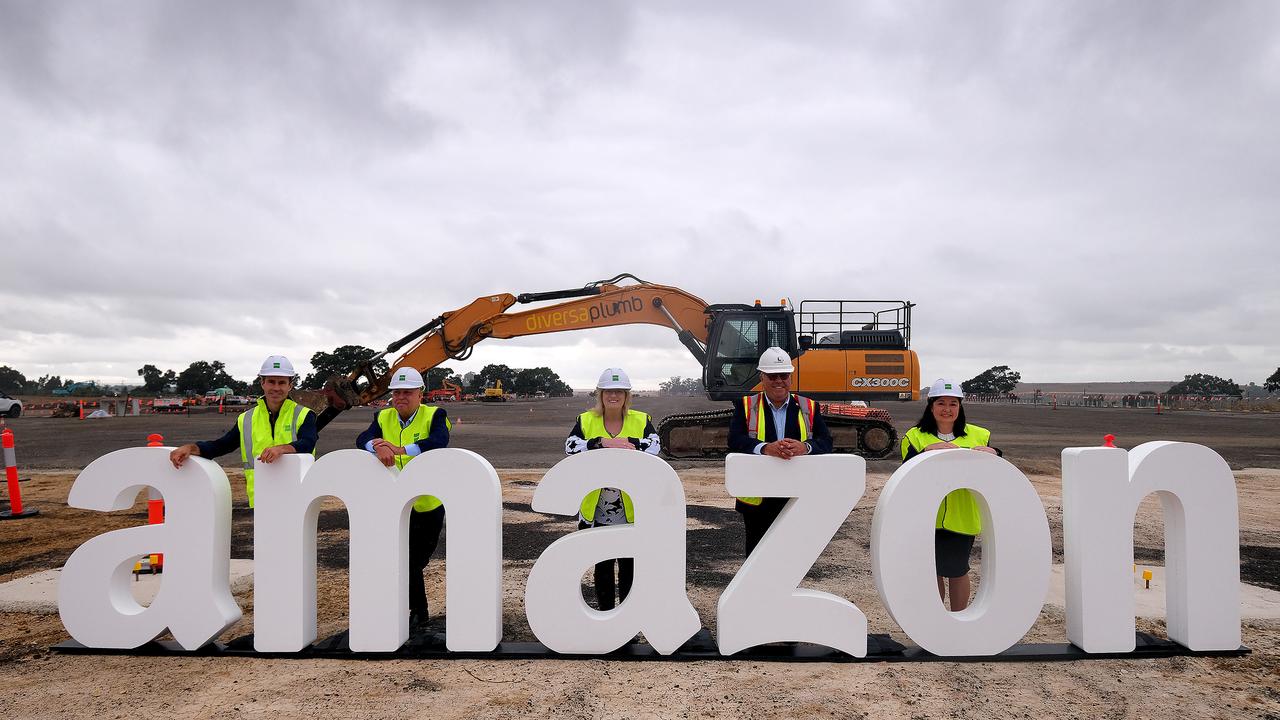Major tech firms continue mass lay-offs after year of redundancy chaos
The world’s largest tech companies posted record profits only a year ago, but rounds of lay-offs keep coming. Find out why.

The end of an e-commerce surge during the pandemic is partly to blame for a series of major lay-offs by big tech firms, experts say.
Some of the world’s most profitable businesses have announced cuts to thousands of jobs with many saying they overhired during the pandemic.
This, coupled with reduced spending and advertising income, has lead to some of the biggest tech lay-offs over the past year.
The bleak outlook for 2023 is a far cry from 2021 when firms recorded some of their largest profits in history.
So, what does the future hold for tech giants?
Salesforce
The global software giant announced last week it would cut about 8000 employees, in the biggest round of lay-offs in its 24-year history.
Salesforce had already let about 1000 people go in a round of redundancies in November.
Before that initial round, the company was believed to have about 2700 Australian workers, but the number of people affected by the lay-offs on our shores was unclear.
Salesforce declined to comment this week on how many Australian employees would be impacted by the cuts.

Salesforce chief executive Mark Benioff said he took responsibility for the cuts, claiming the firm had hired too many new employees during the pandemic.
“The environment remains challenging and our customers are taking a more measured approach to their purchasing decisions,” Mr Benioff wrote in a letter to employees, dated January 4.
“With this in mind, we’ve made the very difficult decision to reduce our workforce by about 10 per cent, mostly over the coming weeks.”
Amazon
Amazon chief executive Andy Jassy told employees last week the company would act on the findings of a recent review and cut more than 18,000 jobs – around six per cent of the online retail giant’s global corporate workforce.

The internal review found Amazon had “hired rapidly over the last several years” and would need to scrap the 18,000 positions to contend with an uncertain economic environment, Mr Jassy said.
“We are working to support those who are affected and are providing packages that include a separation payment, transitional health insurance benefits, and external job placement support.”
The lay-off is the largest in Amazon’s history and the biggest of any tech company over the past year.
The most highly publicised cuts of 2022 were the dramatic events at Twitter, where chief executive Elon Musk abruptly announced plans to eliminate half the company’s workforce in November.

Workers were locked out of their offices and informed via email whether they would retain their jobs or not, as others quit in droves and some claimed they were fired for criticising Musk on Twitter or in internal communications.
The company had around 40 Australian staff, with anyone who survived the first round of cuts told they would be axed on Wednesday of last week.
Among those cut in Australia last year included the entire Asia-Pacific content curation team, with Twitter ending the lease of its Sydney office and forcing the remaining employees to work from home.
Musk said the lay-offs were necessary because “Twitter was having some pretty serious revenue challenges and cost challenges”.
Meta
The Facebook parent company founded by Mark Zuckerberg announced the first lay-offs in its 18-year history in November.
Mr Zuckerberg announced the firm would cut 13 per cent of its workforce – about 11,000 jobs – only days after Twitter announced its mass lay-offs.
Economic downturn and a fall in advertising revenue were key factors behind the decision, Mr Zuckerberg said.
“Not only has online commerce returned to prior trends, but the macroeconomic downturn, increased competition, and ads signal loss have caused our revenue to be much lower than I’d expected,” he said.
It is understood Meta Australia employed more than 150 people before the cuts, but it is unknown how many local workers were affected.
Shopify
Canadian based e-commerce giant Shopify announced plans to axe about 10 per cent of its global workforce, or 1000 people, in July last year.
Chief executive Tobi Lutke told staff he had “misjudged” how long the huge pandemic e-commerce wave would last, and a significant drop in consumer spending had forced his hand.
The cuts would focus on “overspecialised and duplicate roles, as well as some groups that were convenient to have but too far removed from building products”, Mr Lutke said.




